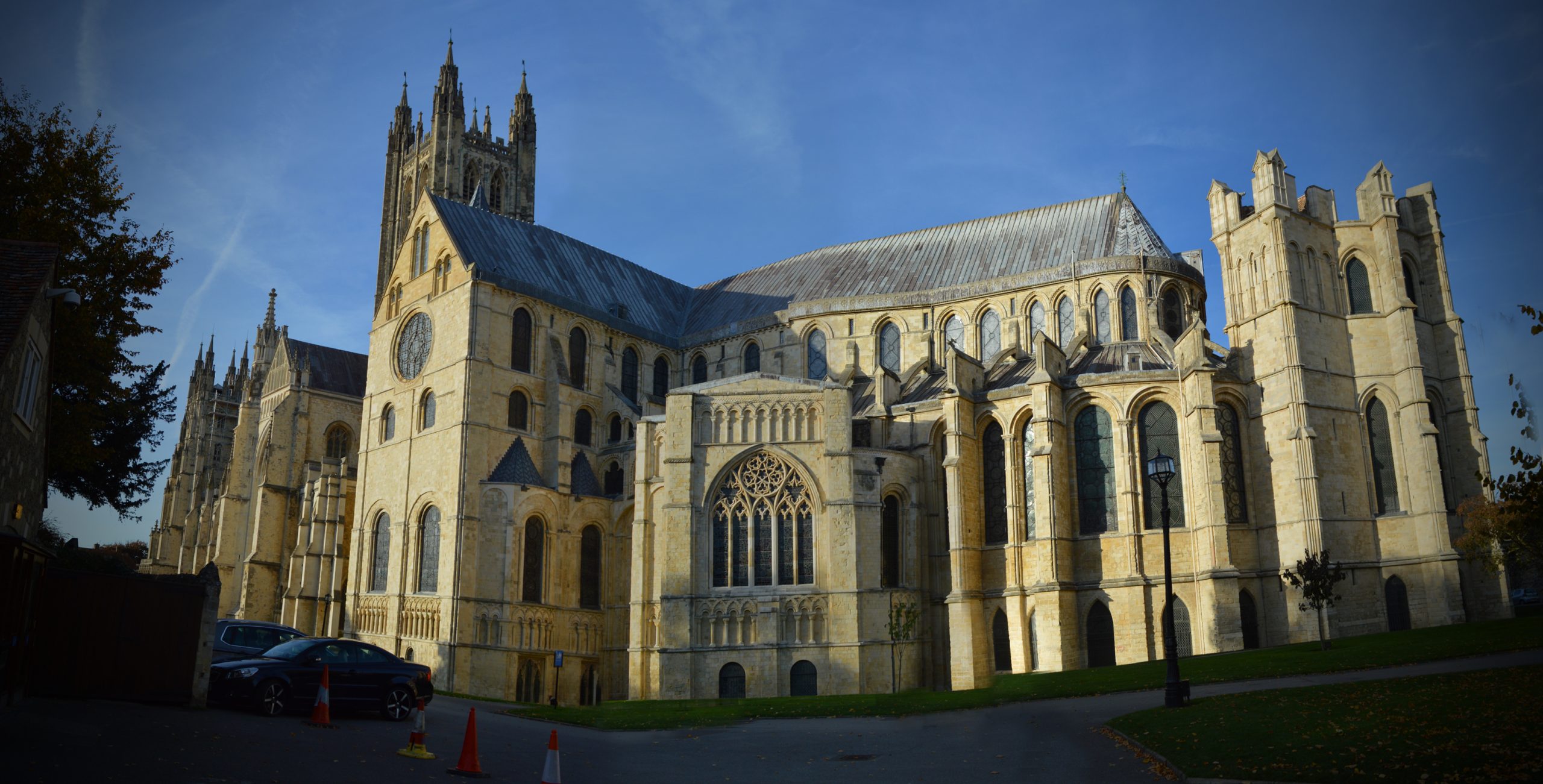A delegation from the EAVF and the Confraternity of Pilgrims to Rome worked on the verification of the “Francigena Britannica” route and held institutional meetings in London, looking towards the certification of the extension of the Via Francigena.
LONDON AND ROME CONNECTED: THE FRANCIGENA BRITANNICA PROJECT
London and Rome are drawing closer, thanks to the Via Francigena. More precisely, the credit for this natural connection goes to the ancient Via Britannica, which links the English capital with the city of Canterbury, the zero kilometre of the itinerary certified in 1994 by the Council of Europe.
And it was precisely in London on 5 May 1949 that the Council of Europe – the first international organisation to emerge in Europe after the Second World War – was founded. the London Treaty was actually signed by 10 founding countries: Belgium, Denmark, France, Ireland, Italy, Luxembourg, Norway, the Netherlands, the United Kingdom, and Sweden. The Via Britannica and the Via Francigena, therefore, strengthen the bridge of connection between the United Kingdom and Europe through peace, intercultural dialogue, exchange, and cooperation, but also through the recovery of historical paths and slow tourism.
THE CONFRATERNITY OF PILGRIMS TO ROME PROJECT
The Confraternity of Pilgrims to Rome (an association of volunteers founded in 2006 and affiliated with EAVF) which brings together the world of Anglophone walkers, has been carrying forward the project for the recognition of the Francigena Britannica for some years now: a 145 km route to be covered in six stages on foot that starts from Southwark Cathedral in London and rejoins the Via Francigena in Canterbury. The project, which has been under study and development since 2021, has already been submitted to the European Association of Via Francigena. A well-structured dossier from a historical, scientific, and pedestrian route point of view, with reference also to the usability of the route and the cultural heritage present along the municipalities crossed.
The itinerary intersects seven paths that are already well signposted: Thames Path, Green Chain Walk, Darent Valley Walk, Pilgrims Way, North Downs Way, Medway River Walk, and Stour Valley Way.
INSTITUTIONAL MEETINGS IN LONDON AND FIELD INSPECTION OF THE ROUTE
From 9 to 13 June, a technical inspection of the route took place, attended by Luca Faravelli, EAVF project manager and Giancarlo Laurenzi, honorary president of the CPR. This field inspection was accompanied by important institutional meetings, in which EAVF director Luca Bruschi also spoke. The meetings were held with Caroline Hicks, Head of Economic Development at Dartford Borough Council and Will Norman, London’s first Commissioner for walking, cycling and slow mobility routes. The city of London has for many years placed the theme of slow mobility, particularly pedestrian and cycling, at the heart of its urban development policies. The Francigena Britannica represents an extraordinary pedestrian link from London to Canterbury, and then continues on the Via Francigena to Dover and enters the mainland at Calais. The global public of pilgrims who reach London by air will thus be able to set off directly from London, walking along the Thames and following the path of the Via Britannica.
The AEVF delegation also met CPR President Nick Dunne and Vice President Brian Mooney in London. Institutional visits continued in the city of Canterbury, EAVF partner municipality since 2005, which is strongly supporting the development of the Via Francigena.
NEXT APPOINTMENT IN MONTE SANT’ANGELO, PUGLIA, WITH THE AEVF ASSEMBLY
The outcome of this inspection of the route will be presented by the CPR at the next AEVF Assembly on 18 October 2024 in Monte Sant’Angelo (Foggia, Puglia). Ample space will be dedicated to the presentation of the project that will see EAVF members as protagonists for the approval of this cultural extension of the path, whose European route nevertheless always provides for Canterbury as the zero kilometre city.
It will be an important moment to write a new and beautiful page in the history of the Via Francigena, together with all the members and friends of the European Association of the Via Francigena ways.
THE FRANCIGENA BRITANNICA AND ITS STAGES, IN SHORT
The historic pilgrimage route that runs from Southwark Cathedral in London to Canterbury is called the Via Britannica. This is the route described by Geoffrey Chaucer in the 14th century Canterbury Tales. This itinerary therefore represents an important pilgrimage route in its own right, but also a logical extension of the Via Francigena in the United Kingdom.
The stages:
- Londra (cattedrale di Southwark) – Abbey Wood – 17 km
- Abbey Wood – Dartford – 21 km
- Dartford – Otford – 20 km
- Oxford- Peter’s Bridge – 24 km
- Hollingbourne – Broughton Lees – 21 km
- Broghton Lees – Canterbury – 24 km









